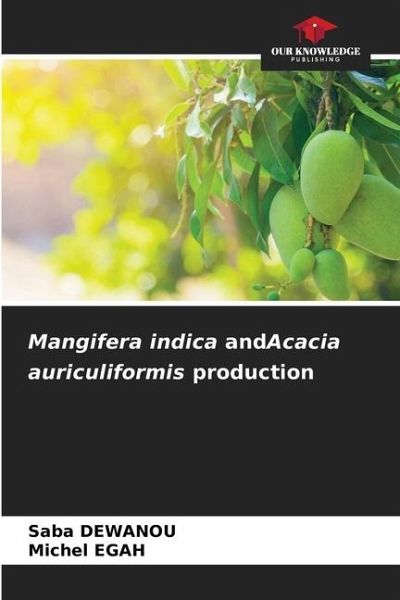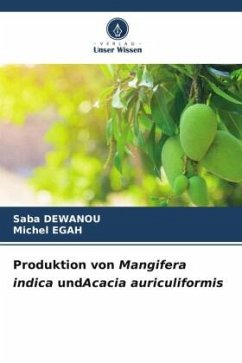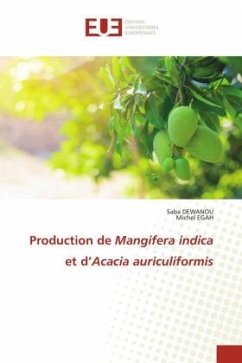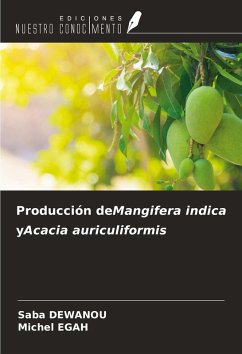
Mangifera indica andAcacia auriculiformis production
Versandkostenfrei!
Versandfertig in 6-10 Tagen
29,99 €
inkl. MwSt.

PAYBACK Punkte
15 °P sammeln!
The mango is native to the forests of India, where it has been cultivated for over 4,000 years. The kent mango's flesh is fiberless, juicy and very sweet, with a small to medium-sized stone. It has intense yellow to orange flesh and a greenish-yellow skin partially colored red. The mango tree is a member of the Anacardiaceae family. It is a fruit tree characterized by an upright, more or less spreading habit, from 9 to 30 meters high. Its evergreen foliage gives off a strong turpentine scent. The mango leaf is whole, ovoid, lanceolate to oval, 15 to 40 cm long and 1.5 to 4 cm wide.Conventional...
The mango is native to the forests of India, where it has been cultivated for over 4,000 years. The kent mango's flesh is fiberless, juicy and very sweet, with a small to medium-sized stone. It has intense yellow to orange flesh and a greenish-yellow skin partially colored red. The mango tree is a member of the Anacardiaceae family. It is a fruit tree characterized by an upright, more or less spreading habit, from 9 to 30 meters high. Its evergreen foliage gives off a strong turpentine scent. The mango leaf is whole, ovoid, lanceolate to oval, 15 to 40 cm long and 1.5 to 4 cm wide.Conventional kent mango production aims to optimize production in relation to the surface area cultivated, in order to make a high annual profit on the same surface area, and involves the use of chemical products (chemical fertilizers, pesticides, insecticides, herbicides) and modern tools and equipment.












